In "common metal badge making craft I~IV", we respectively introduced the soft enamel badge, three-dimensional badge, hard enamel badge and imitation enamel badge. Here we go on to introduce more different kinds of badges to you.
Without Coloring Badges
Generally, the badge materials we use are copper (brass, red copper, etc.), zinc alloy, aluminum, iron, etc. We die stamp or die-cast the logo that the customer wants, then directly polish and rub it, and then electroplate it into the finished product. The badge does not require additional coloring process. Among them, for the copper is the most soft, so the lines on the copper stamping badge are the most clear, followed by zinc alloy badge. Of course, since the price of copper is the highest, the price of the stamping copper badge is also the highest. The surface of the non-coloring badge can be electroplated with various materials, including gold, nickel, copper, silver etc.. In addition, we would suggest that the concave part of the badge be treated as a sand-blasting or gritty/granulating effect, so as to cover up some minor defects that may be left behind due to the failure of polishing and polishing.
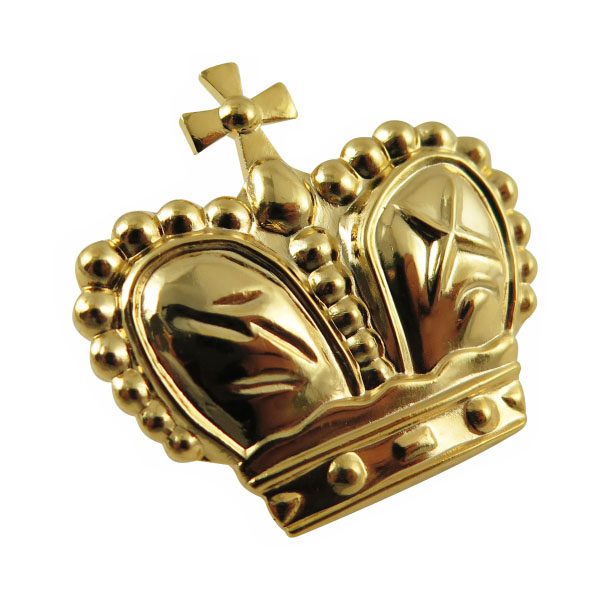
Printed badges
Printing badges can be divided into screen printing and offset printing, also named as epoxy badge because the final process of the printing badge is to add a layer of transparent resin (epoxy) to the surface of the badge. The materials used for printing badge are mainly stainless iron, aluminum and bronze. The copper or stainless iron printed badge would be generally without plating but with its own material color or with brush effect on the surface. The main differences between screen printing badges and offset printing badges are as follows. Screen printing badges have simple graphics and few colors; also, the colors is countable while the offset printing badges have complex patterns and many colors, also, the color would be with gradient effect. Accordingly, the offset printing badge is more exquisite.
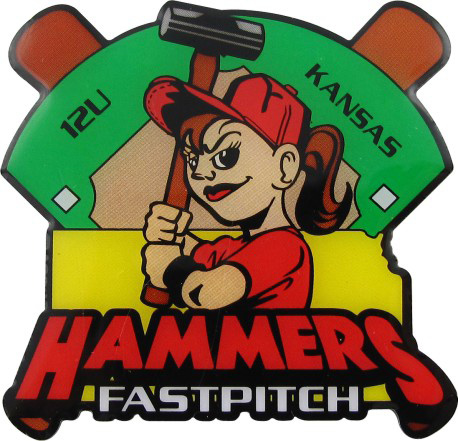
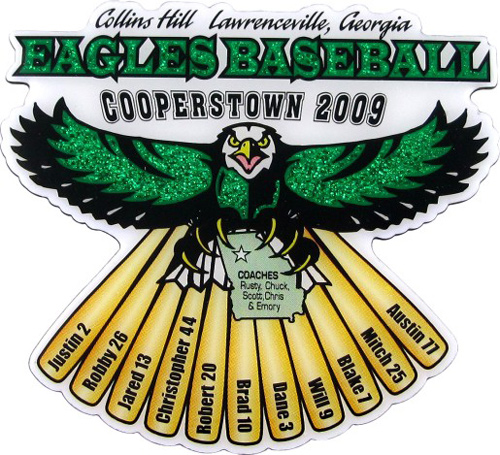
Photo Etched badges
Photo Etched badge is made by bronze, stainless iron, iron, aluminum and other materials, with fine lines, colorful characteristics. Compared to other techniques, photo etched is easy to make. The workers exposed the designed film, and then transferred the insignia onto the metal plate. The workers then use chemicals to etch out the shapes that need to be hollowed out. Then after coloring, grinding, polishing, punching, welding needle, electroplating and other procedures, a photo etched is made. The thickness of the photo etched is generally 0.8mm.The most obvious effect to tell the photo etched badges from other coloring badges is the metal raised border around the logo. Generally, the border would be a kind of thicker than other coloring badges. It would be increased in proportion of the badge thickness as the photo etched badges are cut out piece by piece after coloring. We need to leave enough metal border to guard the colors from damaging when die cutting the badges piece by piece.
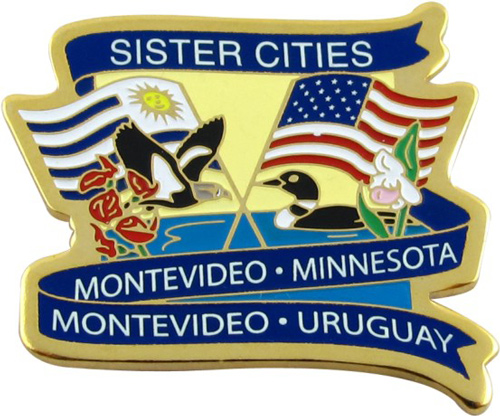
Tinplate button badge
Tinplate button badges are made of tinplate. Its craft is simple and its price is cheap, so it is more suitable to serve for the student team or the general team, as well as the general enterprise promotional products.
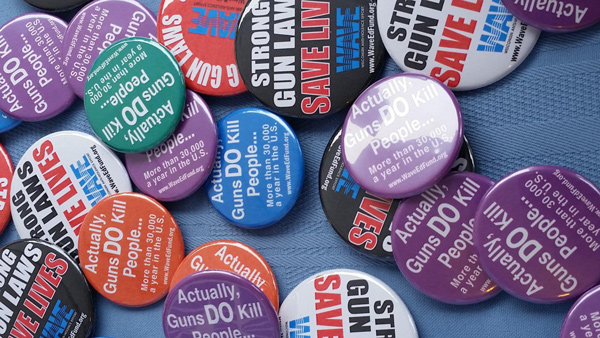
 Forever Emblem & Badge International Ltd.
Forever Emblem & Badge International Ltd.  CONTACT NOW
+86-769-2290-0190
CONTACT NOW
+86-769-2290-0190
 E-mail to us
order@dhmedal.com
E-mail to us
order@dhmedal.com

 English
English 日本語
日本語 français
français Deutsch
Deutsch Español
Español italiano
italiano русский
русский Suomi
Suomi Svenska
Svenska








 +86-769-2290-0190
+86-769-2290-0190 
 Sales Department, Building 1, No. 2 Lane 26, Xingguang Road, Xiansha, Gaobu Town, Dongguan, Guangdong
Sales Department, Building 1, No. 2 Lane 26, Xingguang Road, Xiansha, Gaobu Town, Dongguan, Guangdong  Facebook
Facebook  Twitter
Twitter  Pinterest
Pinterest  Linkedin
Linkedin